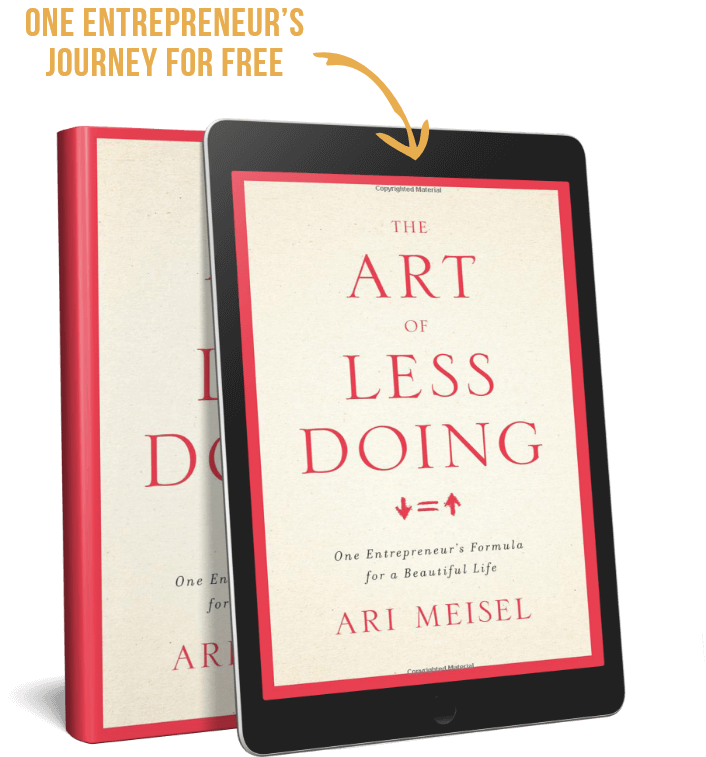I do this private, live video every other week for folks in our Less Doing Academy, where I dive into the latest and greatest tech tools out there.
While I am most definitely “tool agnostic” in that I don’t worship at the altar of a particular platform or tool or app, sometimes innovations come down the pipe that just blow me sideways.
Now, I obviously can’t tell you ALL the stuff I found in my searches last week, but here are fifteen, you’re gonna wish you had developed, but are still thrilled they exist.
I am.
Happy Clicking!
- The new version of Gmail web.
- MasterClass for iOS — Learn anywhere from the best in the world.
- Create a high performing team culture right from Slack.
- A smart speaker with Alexa for kids.
- Order anything, right from Slack.
- Extract data from incoming emails and automate your workflow.
- Convert incoming customer texts into Intercom conversation.
- Schedule Instagram Stories from your web browser — FREE Beta.
- YouTubers, track progress towards 💰monetization & beyond 🚀.
- Simplest way to write and publish beautiful docs.
- The ultimate sleep cycle app for Apple Watch.
- Quickly find the perfect gift!
- Simple, collaborative checklists. Not powered by AI.
- Improve Your Decision Making Skills.
- Organize your research and notes beautifully ✨

